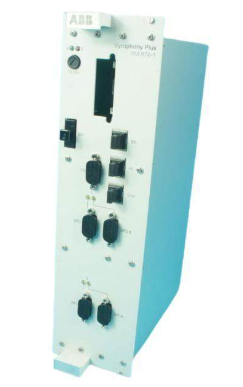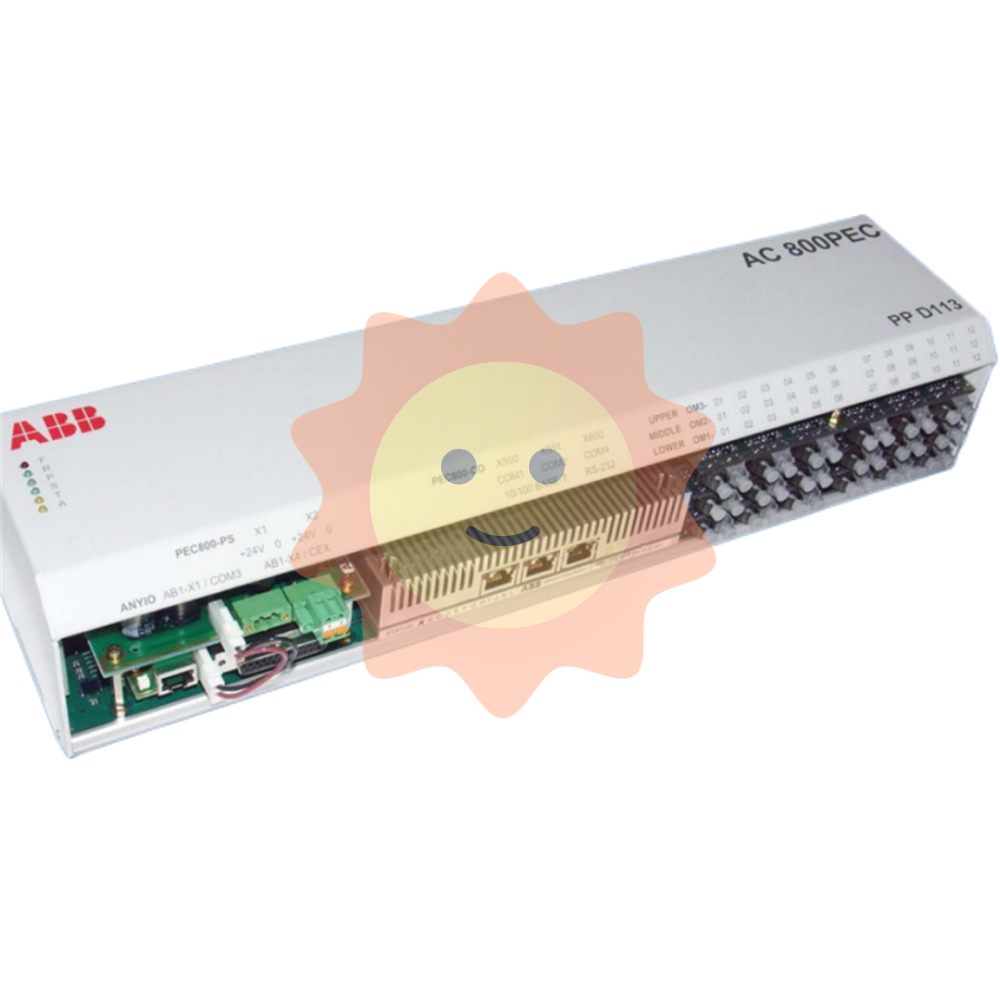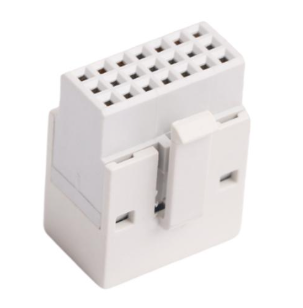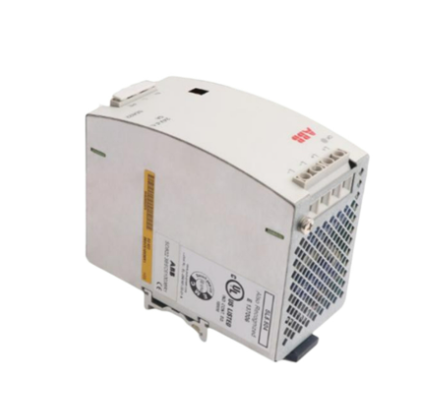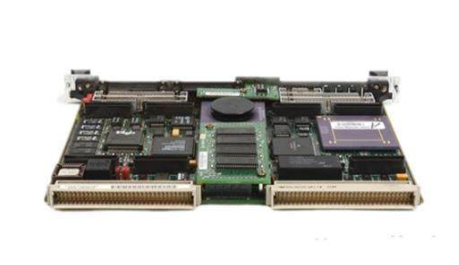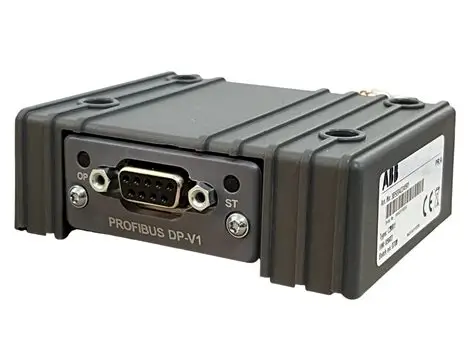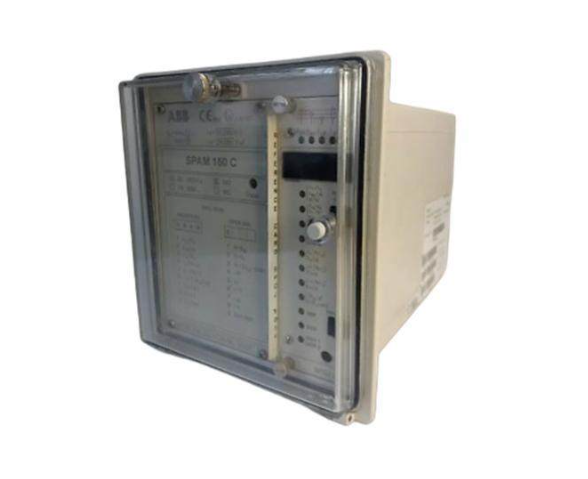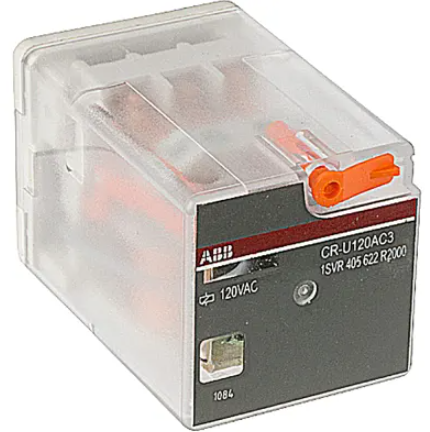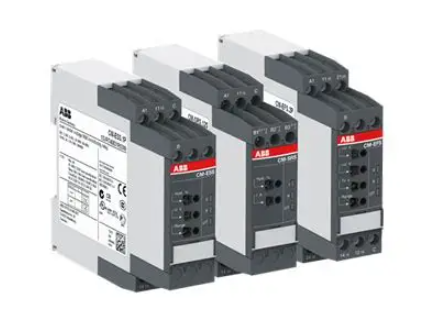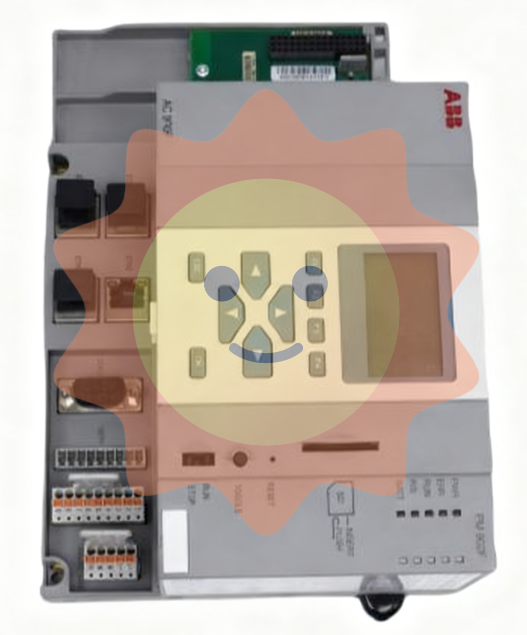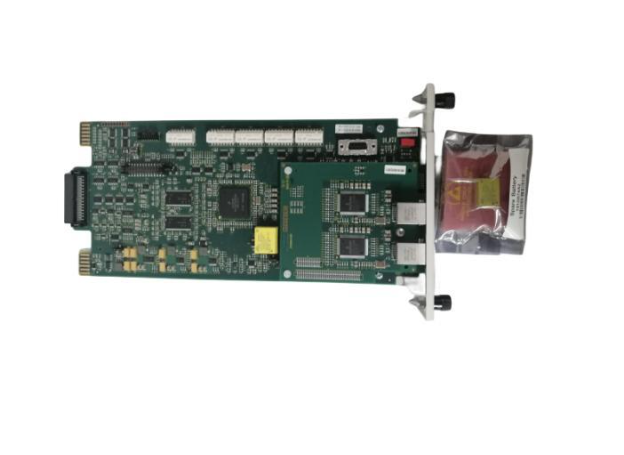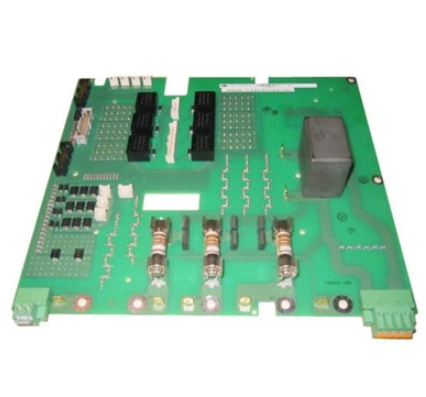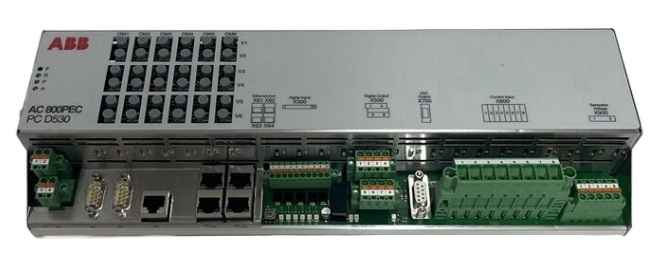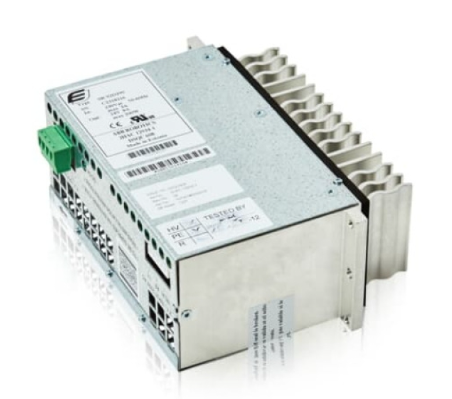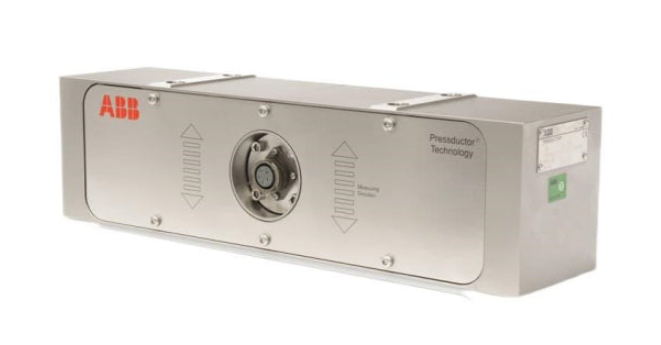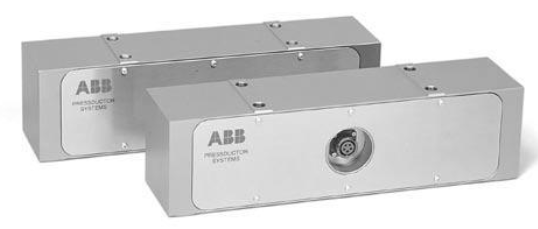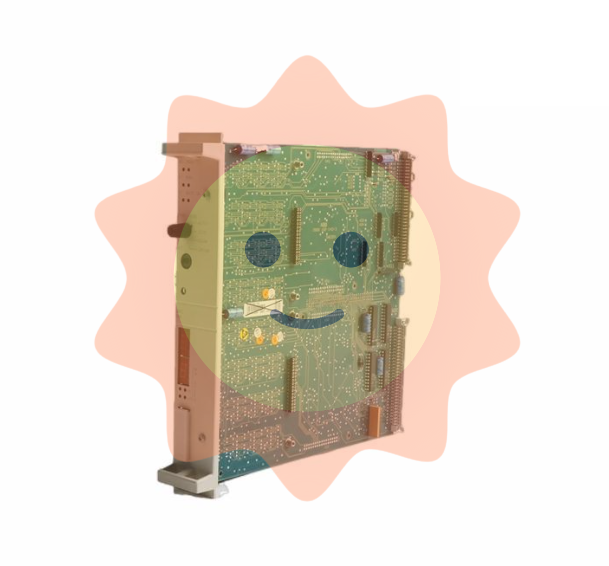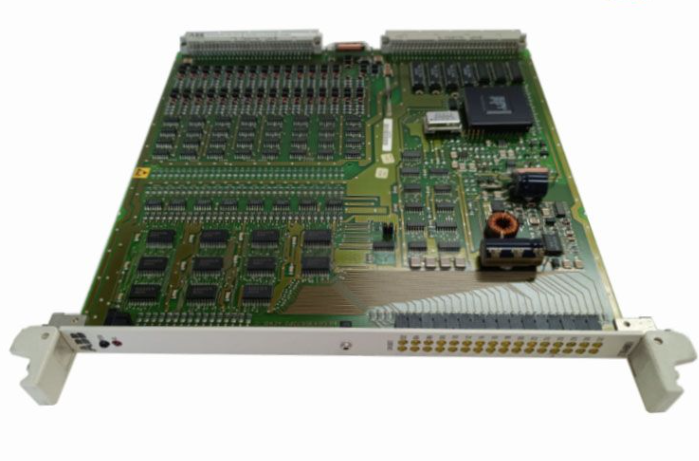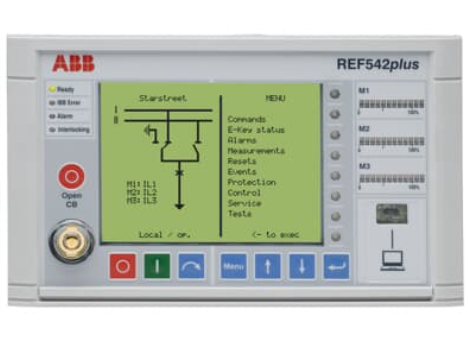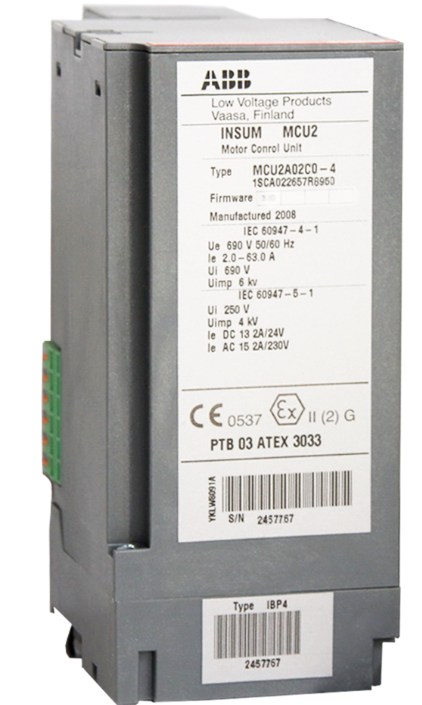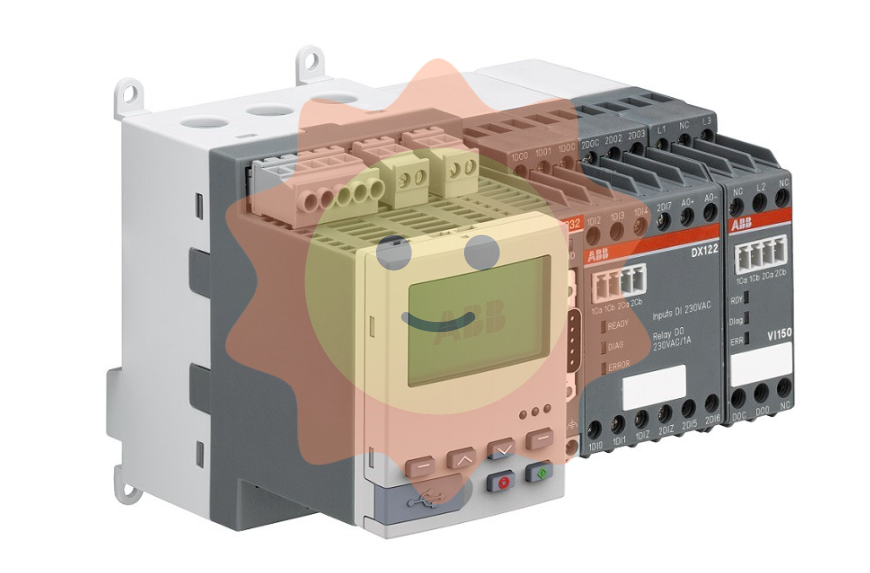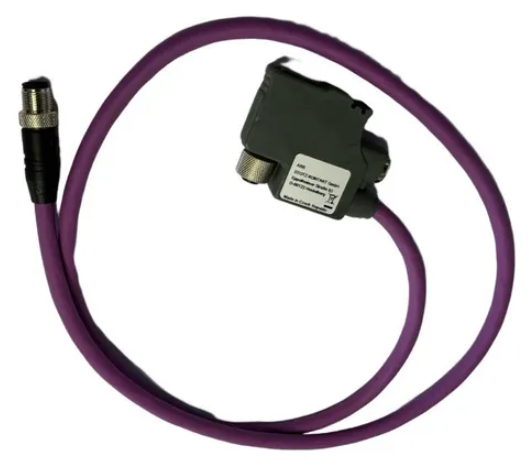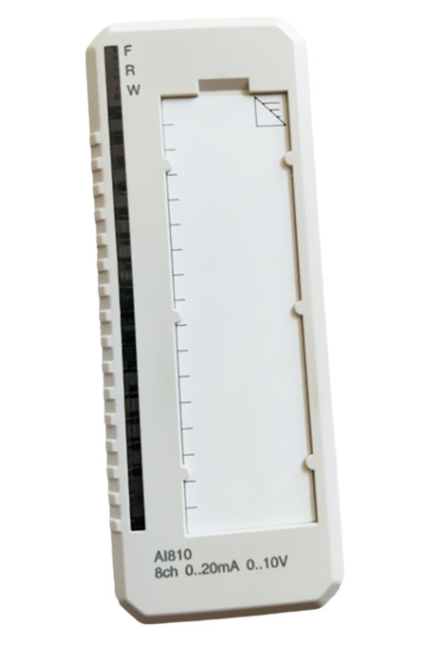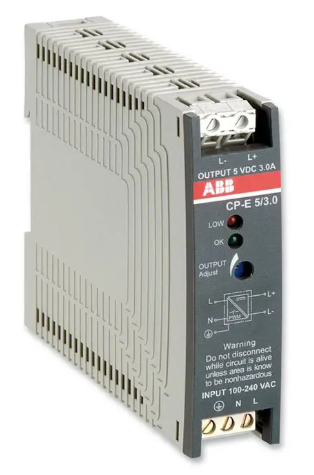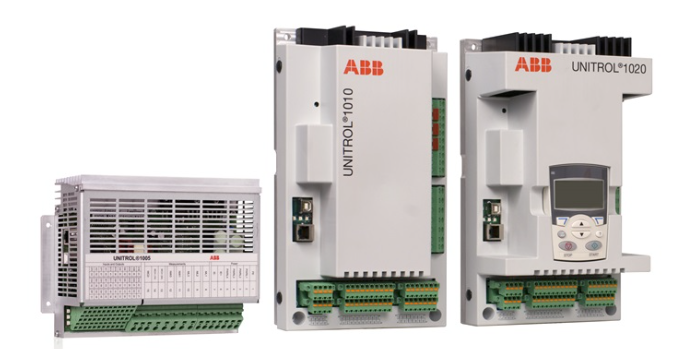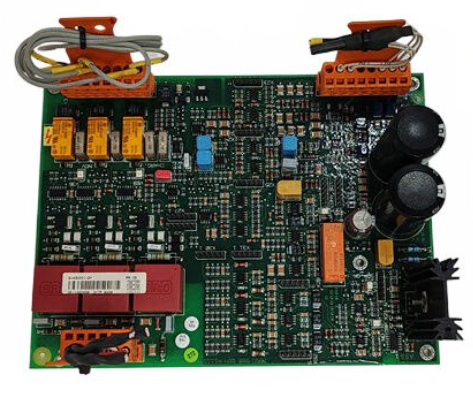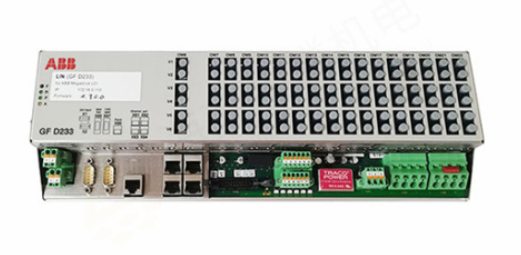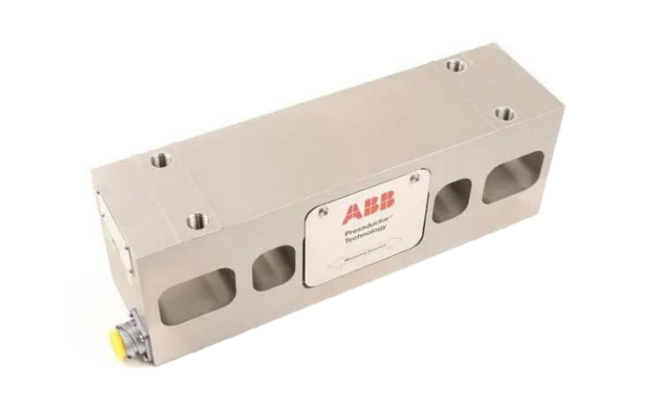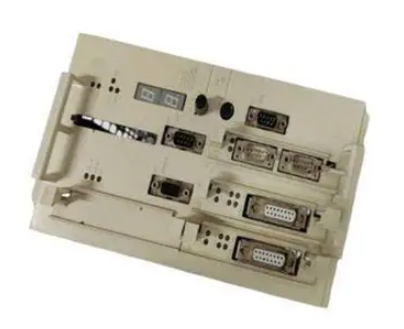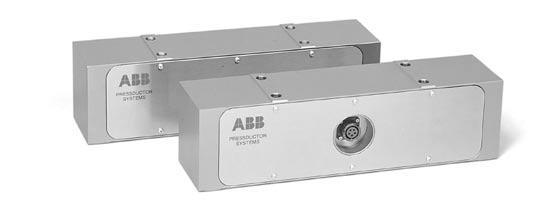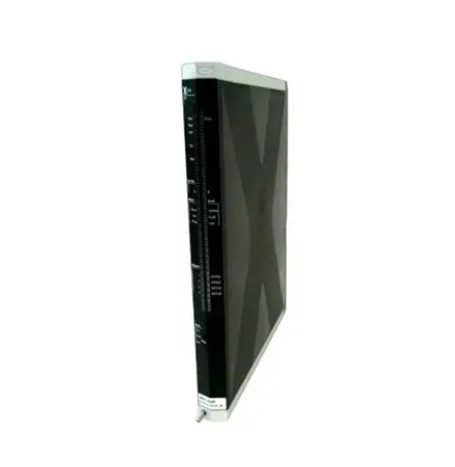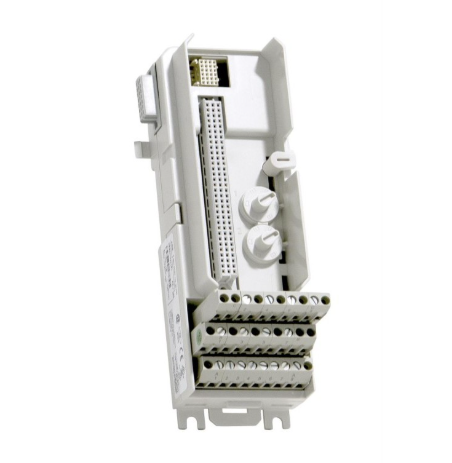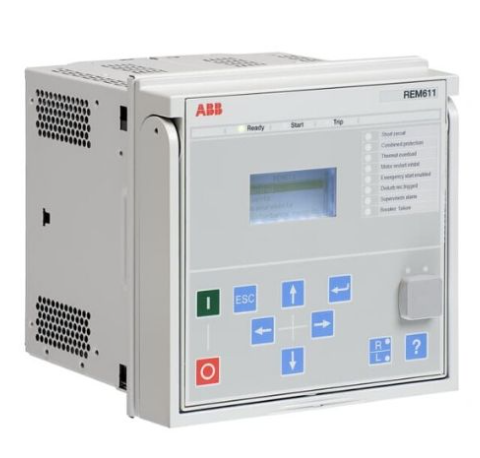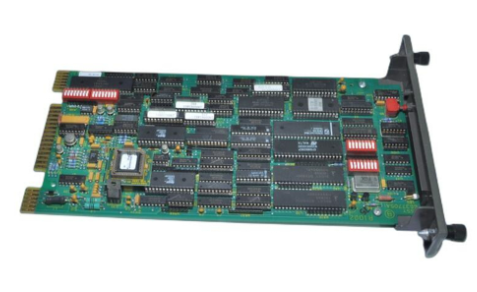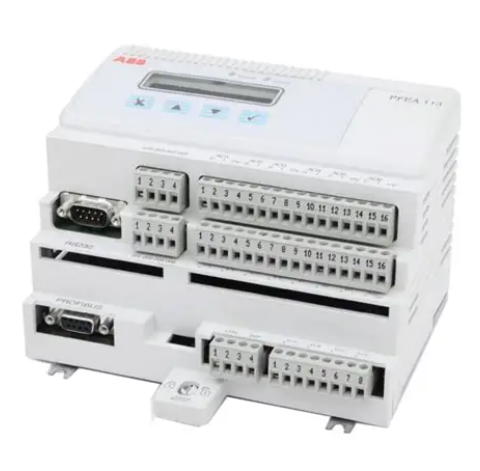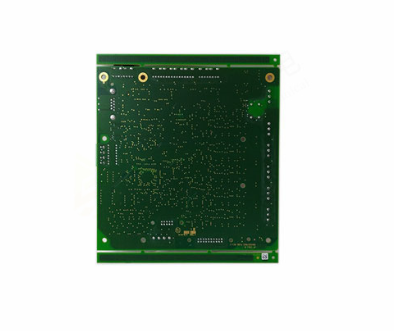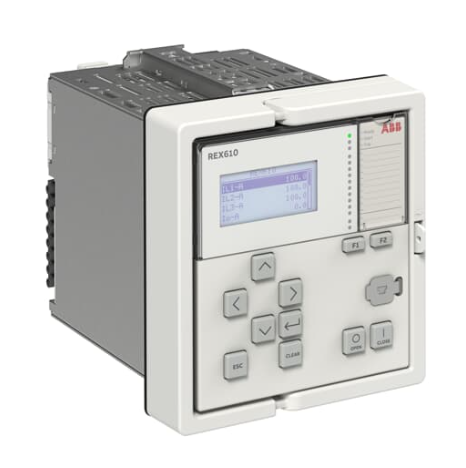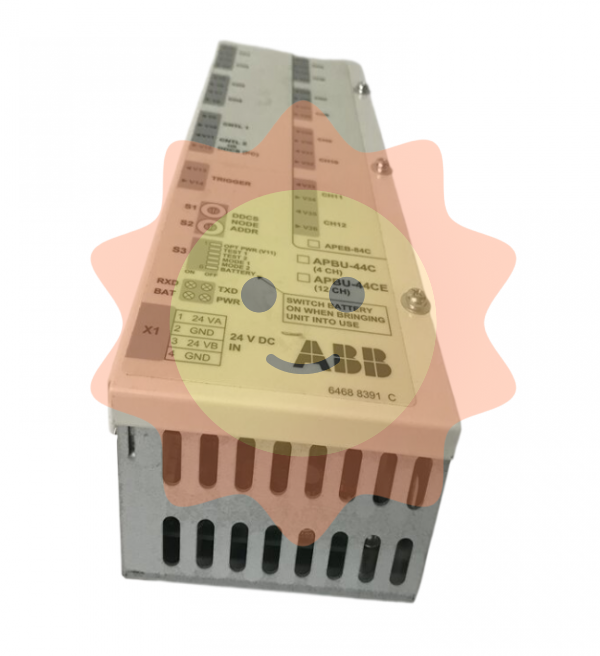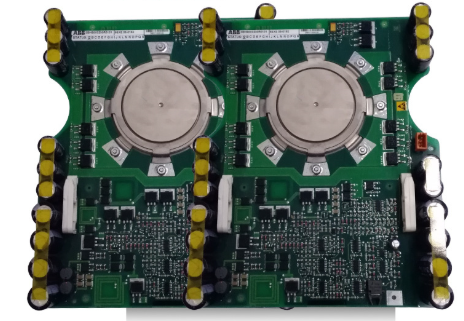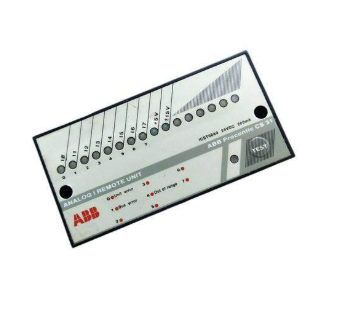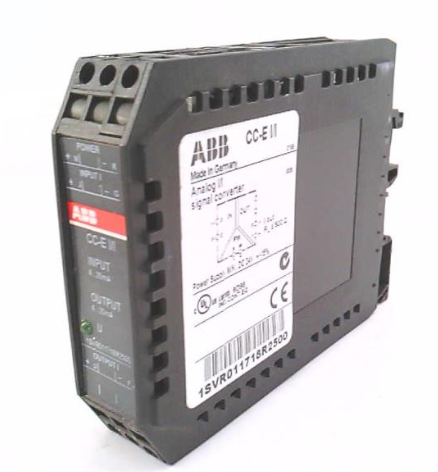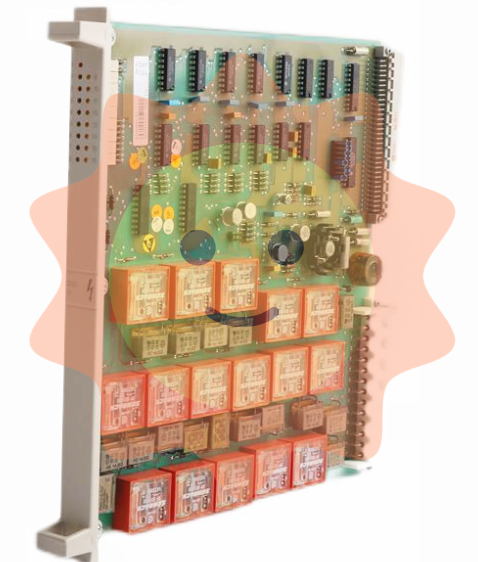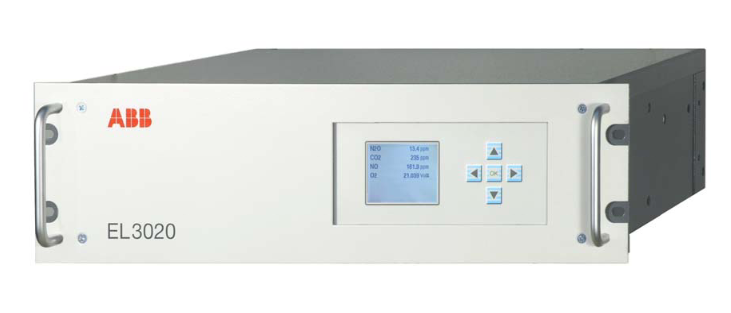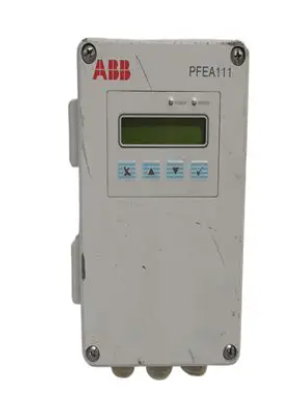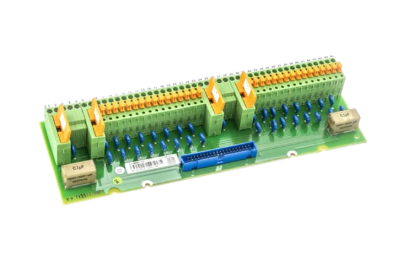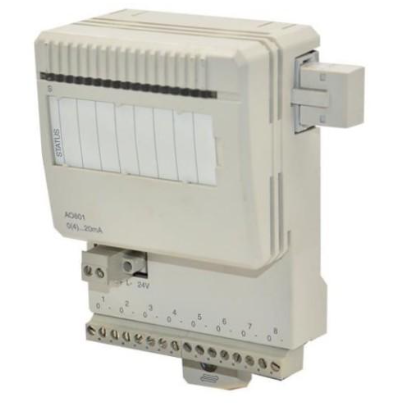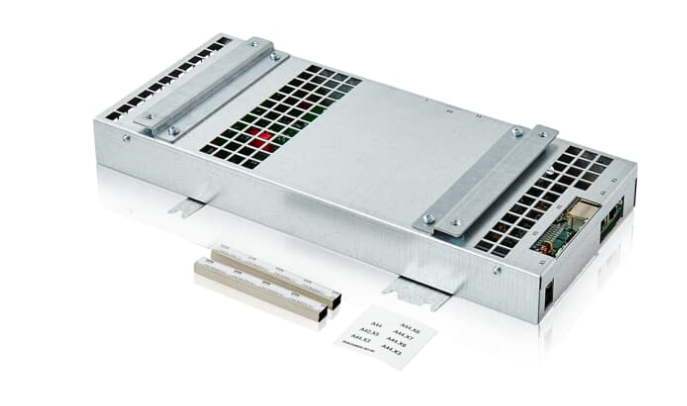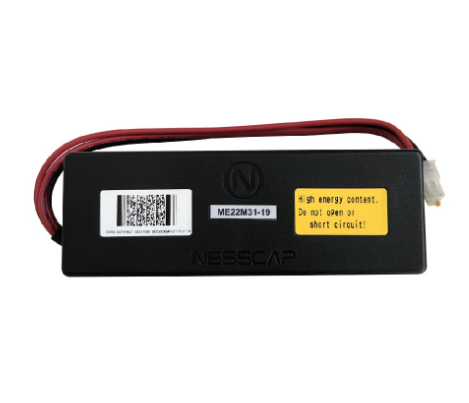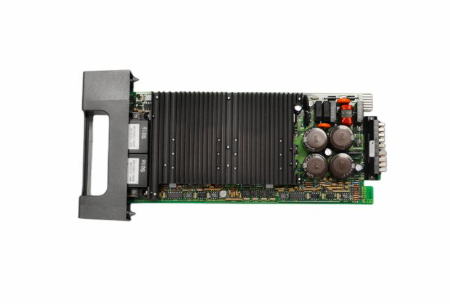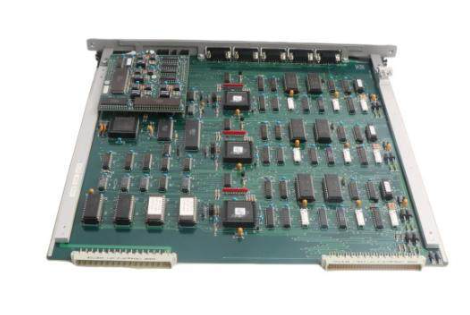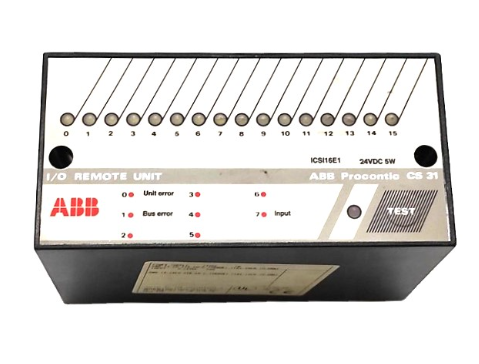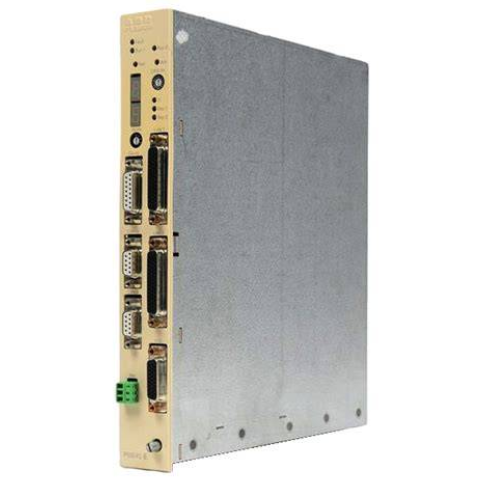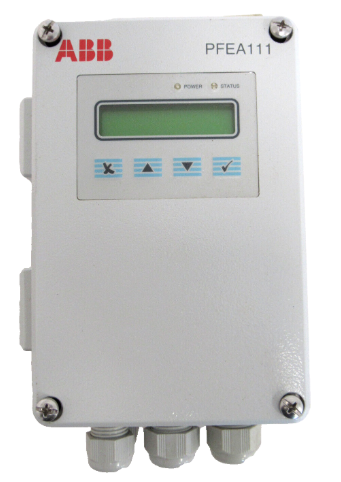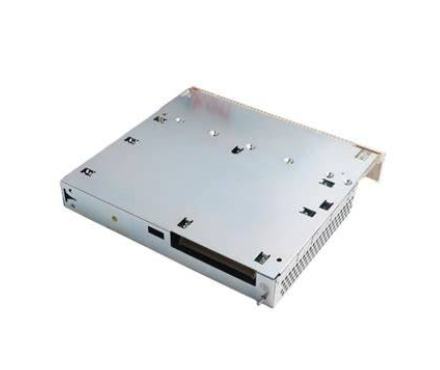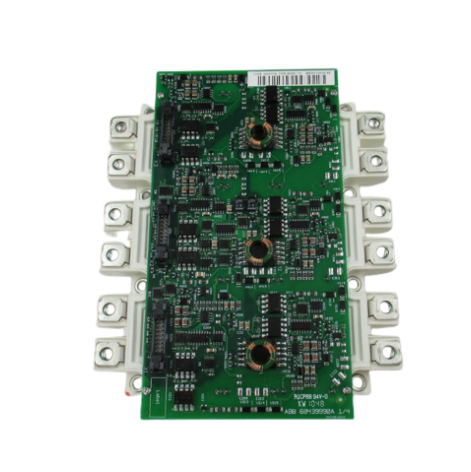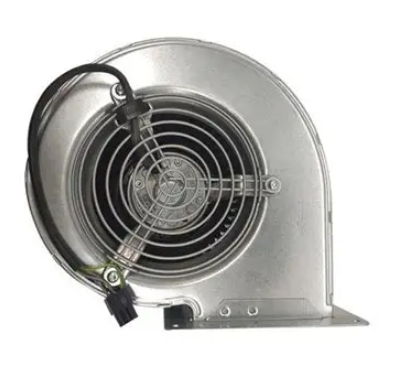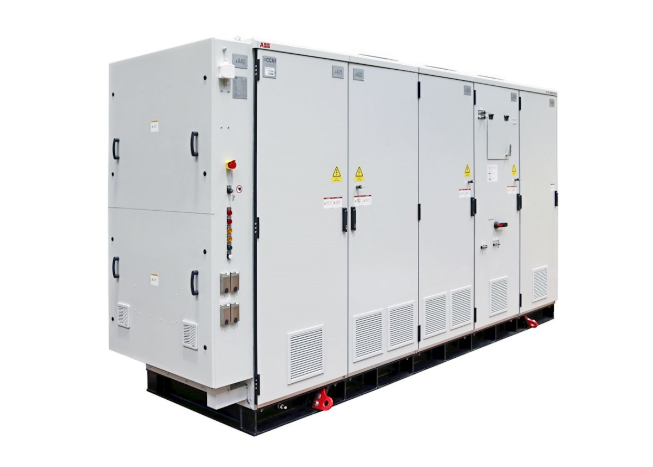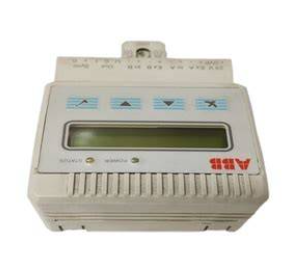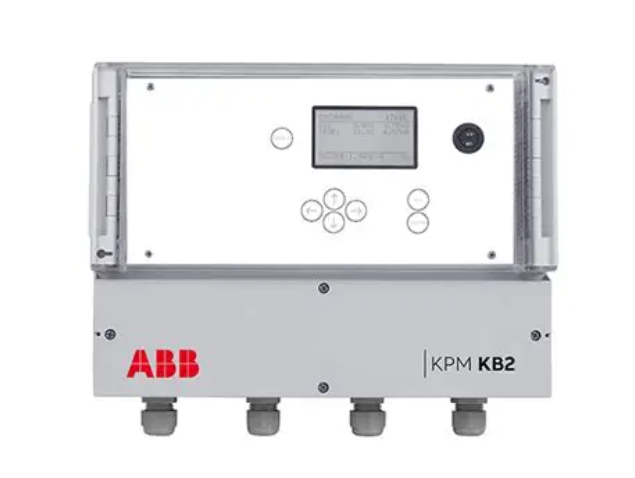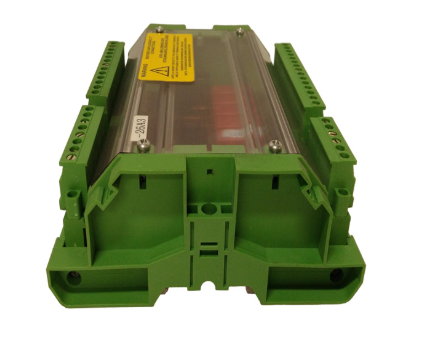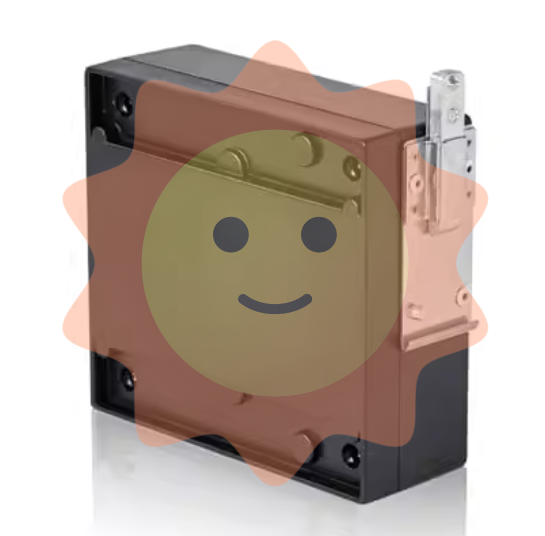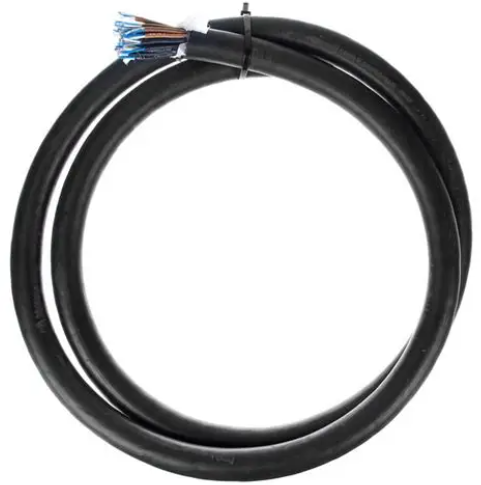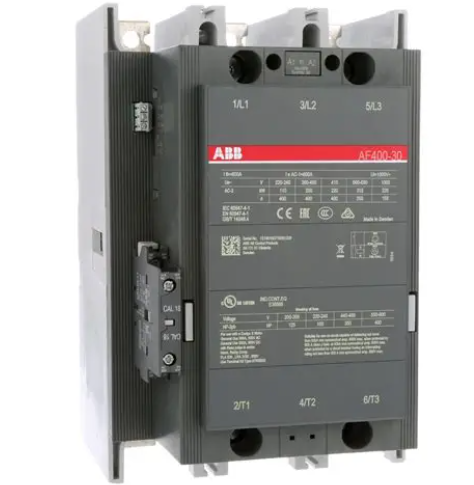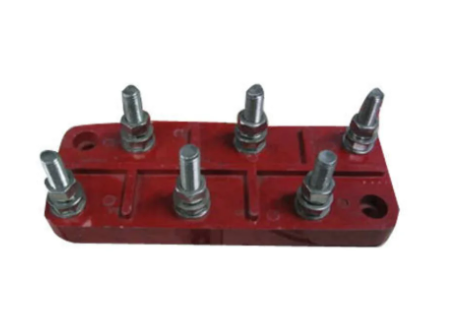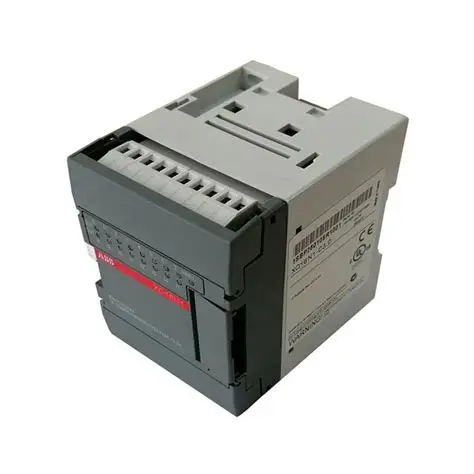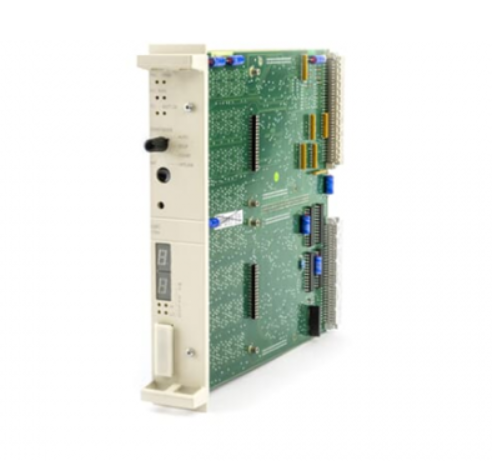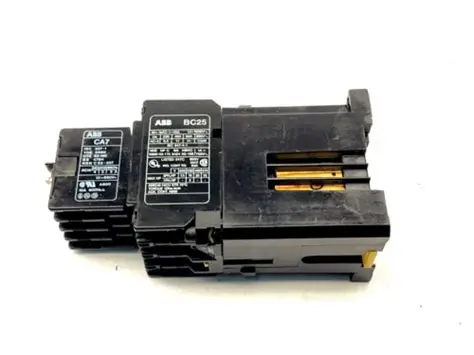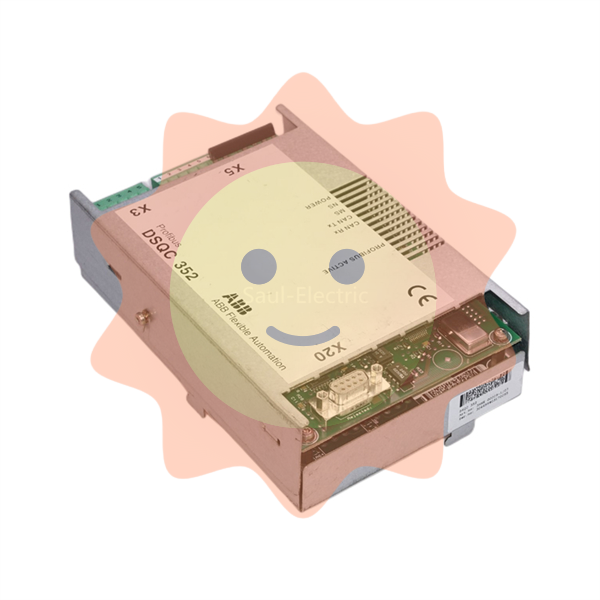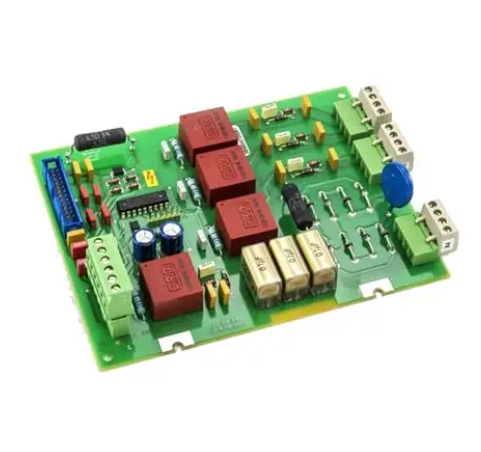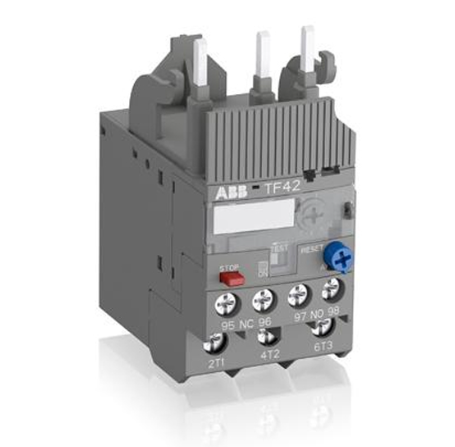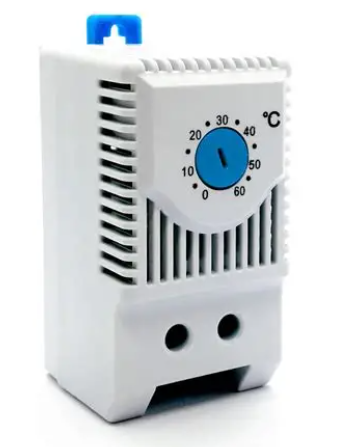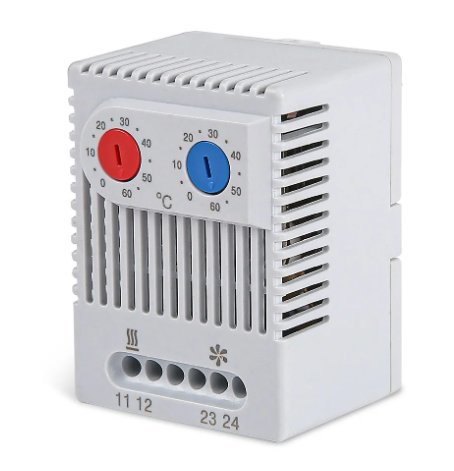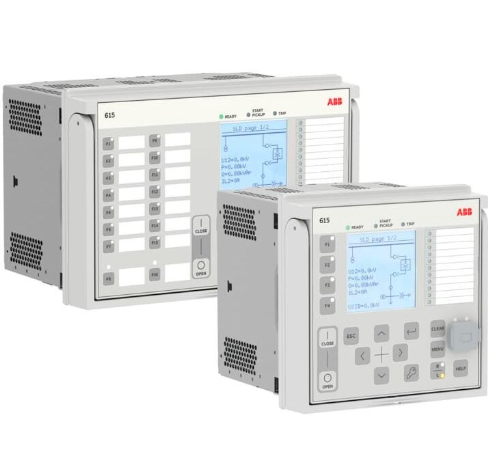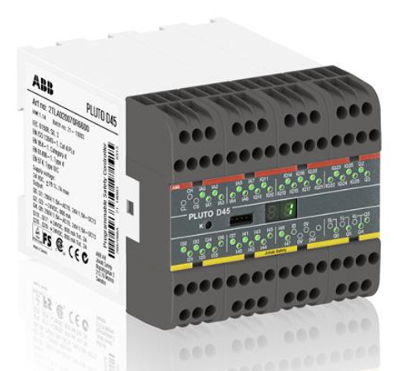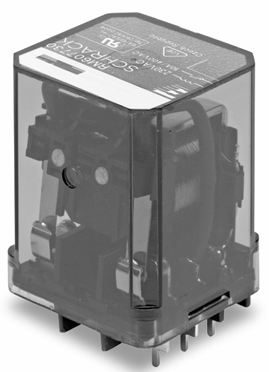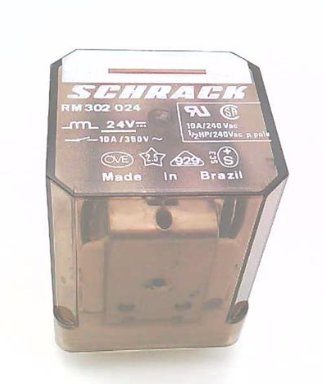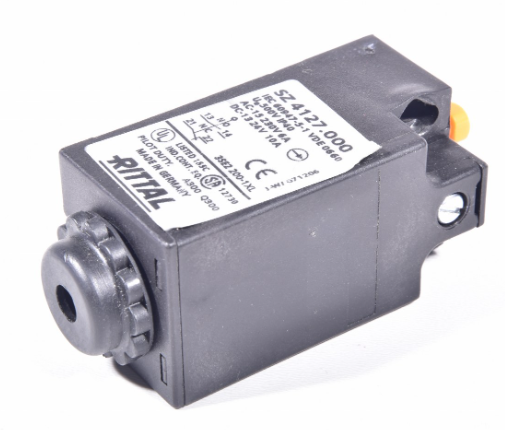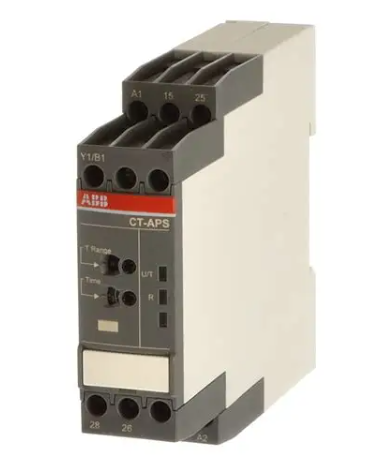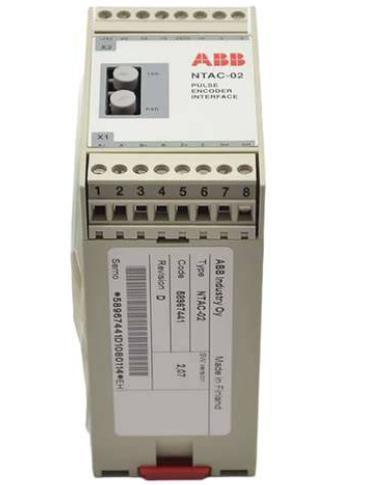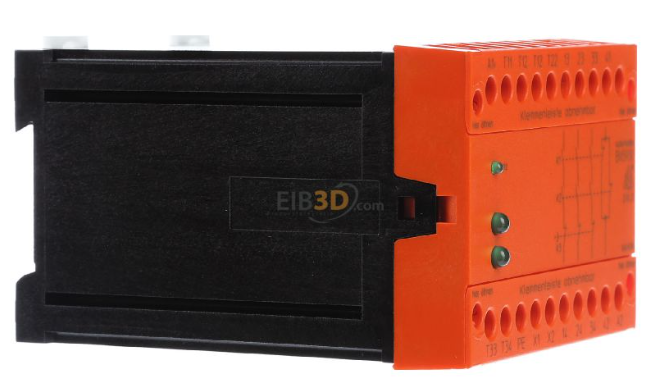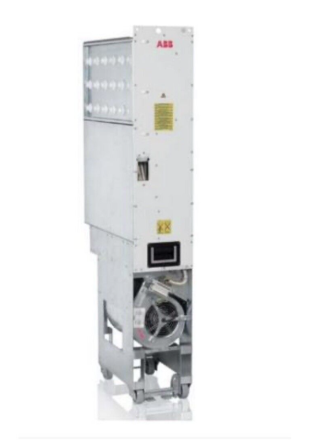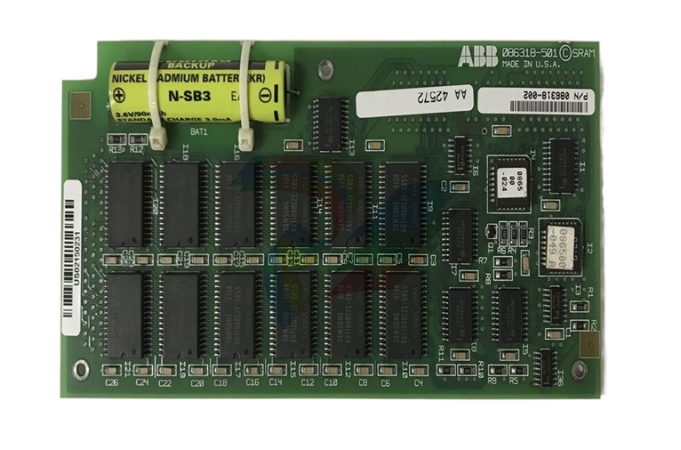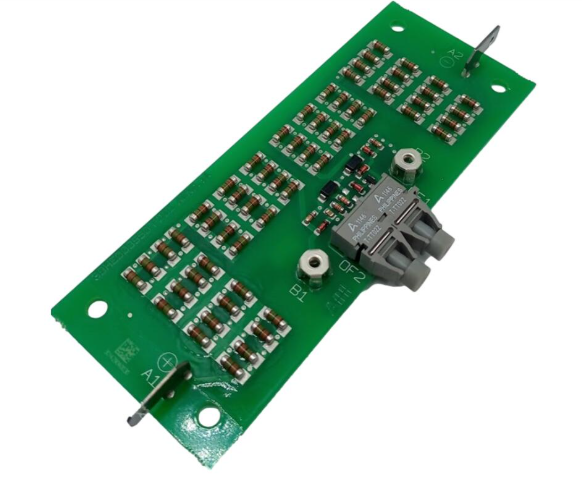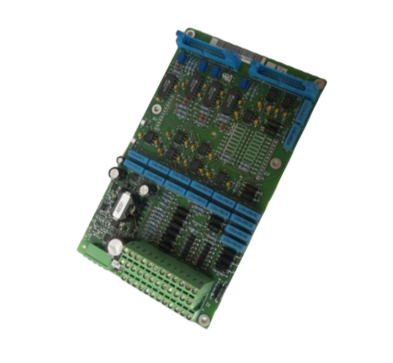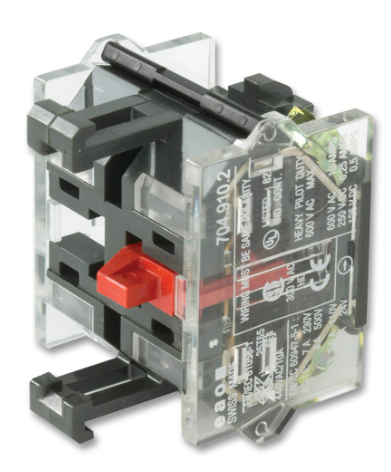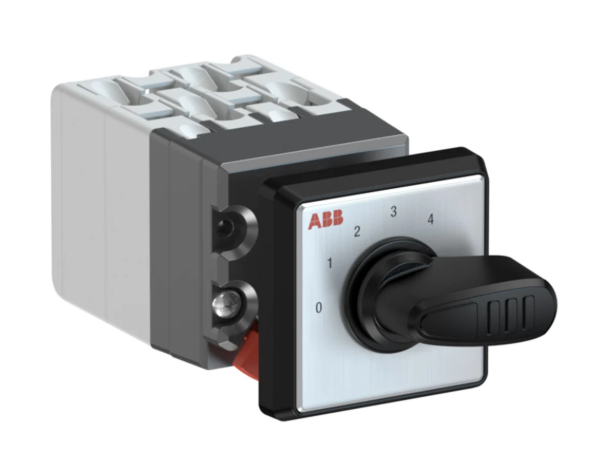What is China's level of sewage treatment in the world?
1. What's in the sewage
The main component of feces is biodegradable organic matter (including nutrient elements), and the main contribution of urine is nitrogen and phosphorus nutrient elements, which are the main treatment objects of domestic sewage treatment. A large number of elements required for cell growth are mainly C, H, O, N, P, of which H and O we have no way to deal with, so in domestic sewage treatment, the main treatment is C, N, P. C refers to organic matter, generally characterized in the form of COD and BOD, the removal of organic matter in domestic sewage treatment is relatively simple, through the activated sludge method to culture a large number of bacteria to eat these organic matter, but industrial wastewater because it contains a large number of difficult to degrade organic matter, such as containing benzene ring, usually more difficult to treat. N and P are also known as nutrient elements, after the removal of C, bacteria are generally difficult to multiply, but autotrophics such as algae can use carbon dioxide to synthesize organic matter, then N and P become an important factor limiting their growth, because they are essential elements for the synthesis of proteins and DNA, RNA. When the water is rich in organic matter (C), bacteria multiply, consume oxygen in the water, resulting in an anaerobic environment in the water, forming what we call corruption, that is, black and smelly, and endangering human health. When the water body is rich in N and P, algae bloom, consume oxygen in the water, and cover the surface of the water body, prevent oxygen and sunlight from entering the water body, endanger the reproduction of fish, and destroy the ecology of the water body. The problem of heavy metals is more obvious in industrial sewage.

2. How is the sewage treated
Primary treatment is mainly physical treatment. The grille is well understood, it is a filter device, there are coarse and fine, sewage debris, toilet paper, plastic bags, etc., and a lot of messy things such as shoes, the dog mentioned in the video, basically are trapped here. The role of the sedimentation tank is to remove the relatively large inorganic particles in the sewage (that is, sand), to prevent plugging and wear behind the pump and pipeline, etc., the principle is very simple, because the sand and stone are relatively heavy, they will settle down before the organic matter, and sometimes in order to prevent the large particles of organic matter from settling down, they will be aerated. The homogenization (regulation) pool is to regulate the water quality and water quantity, the water quantity changes relatively large in the day, generally speaking, the morning and evening are the peak period of water use, some industrial wastewater is acidic, some are alkaline, mixed together can save the amount of chemicals added. The primary sedimentation tank mainly removes organic matter that is easier to sink and reduces the downstream burden.

The most commonly used secondary treatment is biological treatment, and the process is mainly the activated sludge method and its variation mentioned above (oxidation ditch, biofilm method, etc.). The principle of activated sludge method is to culture bacteria, eat the organic matter in the sewage, and then let the bacteria settle down in the secondary sedimentation tank, and the supernatant is discharged. So the "shit" mentioned in the video is actually not shit, mainly bacteria and some of the organic matter that can not be eaten by bacteria (unbiodegradable organics). Later, people found that the light to remove organic matter is not good, the nutrient elements in the sewage nitrogen, phosphorus discharged into the water body, will cause eutrophication, so later developed a nitrogen and phosphorus removal function of AAO, essentially or activated sludge method, but in a group of dry physical work bacteria developed some special technology. The activated sludge method mentioned above mainly uses aerobic bacteria, which requires a lot of oxygen, so it is usually called aeration tank, which is the main energy consuming unit of sewage treatment. Another disadvantage of the activated sludge method is that only about 40% of the organic matter eaten by aerobic bacteria will be converted into carbon dioxide through metabolism, and the rest is used for growth, so the sludge grows very fast, in addition to the reflux part of the reactor to continue to work, the other part is called residual sludge needs to be treated (see below). Later, it was found that anaerobic bacteria (such as sulfate reducing bacteria) have a lot of efficiency in converting organic matter into carbon dioxide, so some anaerobic treatment processes have been developed, such as our group's SANI (mud killing) process, you can Baidu if you are interested.
Tertiary treatment is generally used when sewage is reused, mainly filtration, disinfection, etc., according to the different treatment methods of water quality requirements are very different, in general, if through reverse osmosis, the water can be directly drunk.

3. Sludge treatment (the "shit" the host keeps calling it)
- EMERSON
- Honeywell
- CTI
- Rolls-Royce
- General Electric
- Woodward
- Yaskawa
- xYCOM
- Motorola
- Siemens
- Rockwell
- ABB
- B&R
- HIMA
- Construction site
- electricity
- Automobile market
- PLC
- DCS
- Motor drivers
- VSD
- Implications
- cement
- CO2
- CEM
- methane
- Artificial intelligence
- Titanic
- Solar energy
- Hydrogen fuel cell
- Hydrogen and fuel cells
- Hydrogen and oxygen fuel cells
- tyre
- Chemical fiber
- dynamo
- corpuscle
- Pulp and paper
- printing
- fossil
- FANUC
- Food and beverage
- Life science
- Sewage treatment
- Personal care
- electricity
- boats
- infrastructure
- Automobile industry
- metallurgy
- Nuclear power generation
- Geothermal power generation
- Water and wastewater
- Infrastructure construction
- Mine hazard
- steel
- papermaking
- Natural gas industry
- Infrastructure construction
- Power and energy
- Rubber and plastic
- Renewable energy
- pharmacy
- mining
- Plastic industry
- Schneider
- Kongsberg
- NI
- Wind energy
- International petroleum
- International new energy network
- gas
- WATLOW
- ProSoft
- SEW
- wind
- ADVANCED
- Reliance
- YOKOGAWA
- TRICONEX
- FOXBORO
- METSO
- MAN
- Advantest
- ADVANCED
- ALSTOM
- Control Wave
- AB
- AMAT
- STUDER
- KONGSBERG
- MOTOROLA
- DANAHER MOTION
- Bently
- Galil
- EATON
- MOLEX
- Triconex
- DEIF
- B&W
- ZYGO
- Aerotech
- DANFOSS
- KOLLMORGEN
- Beijer
- Endress+Hauser
- MOOG
- KB
- Moxa
- Rexroth
- YAMAHA
- Johnson
- Westinghouse
- WAGO


Email:wang@kongjiangauto.com

